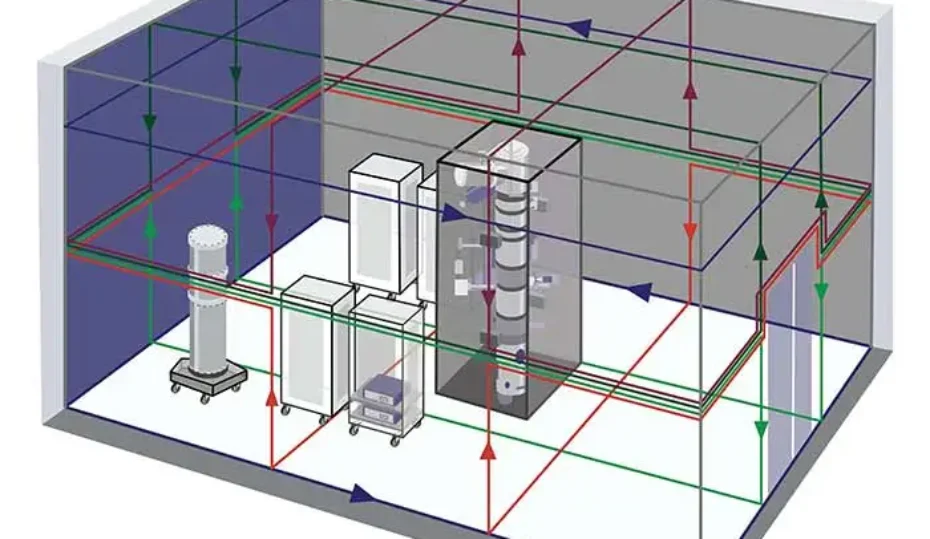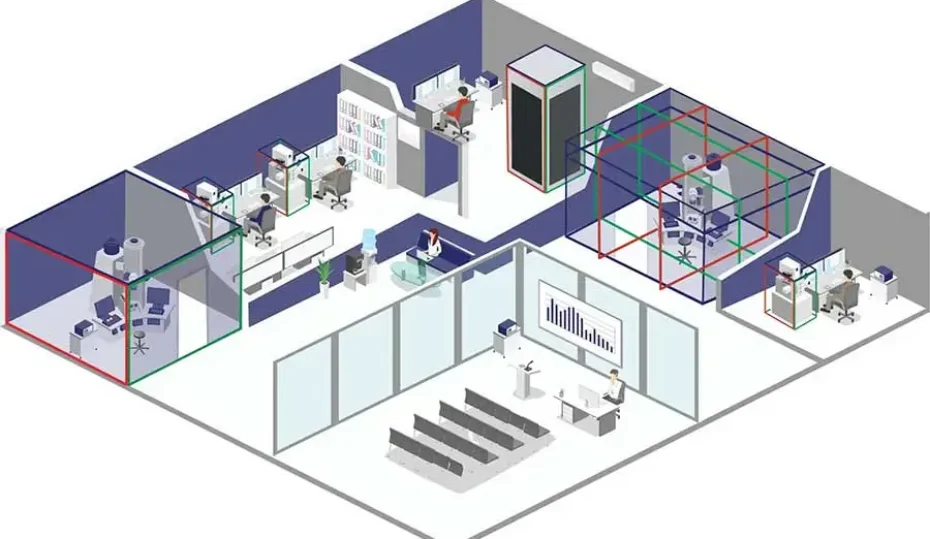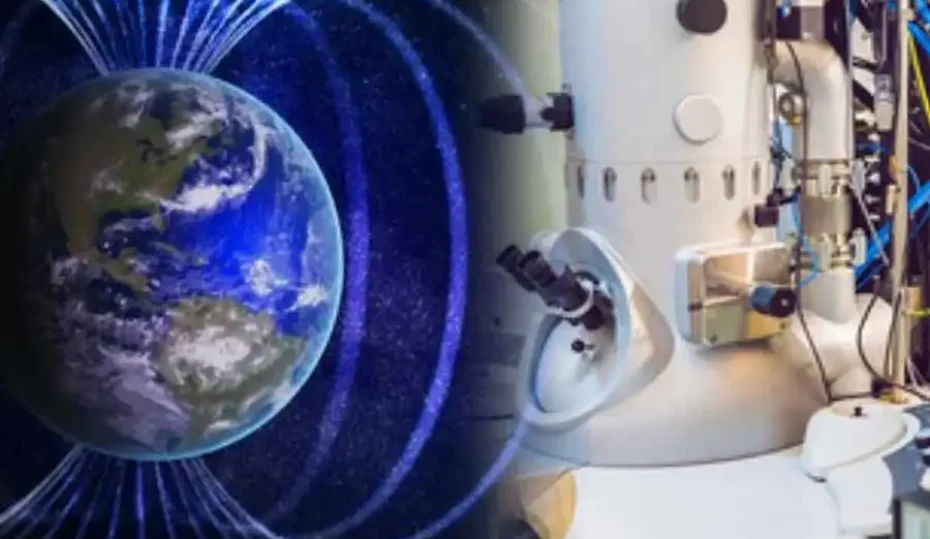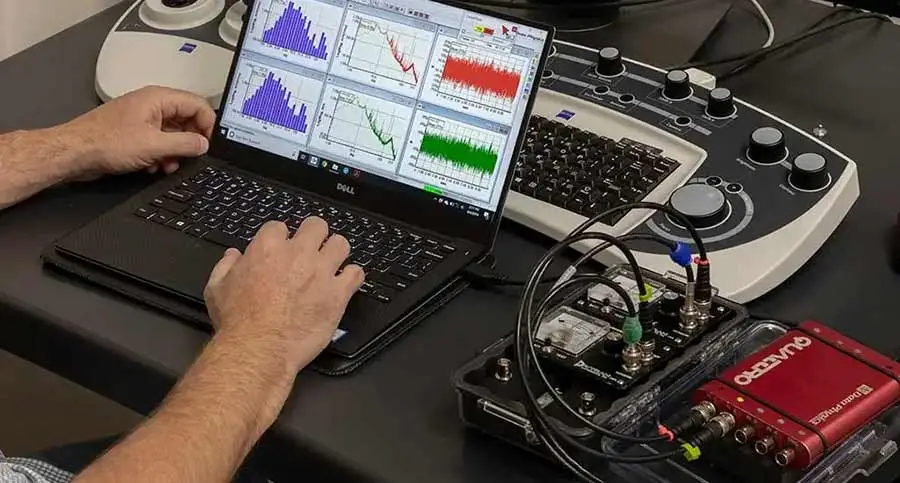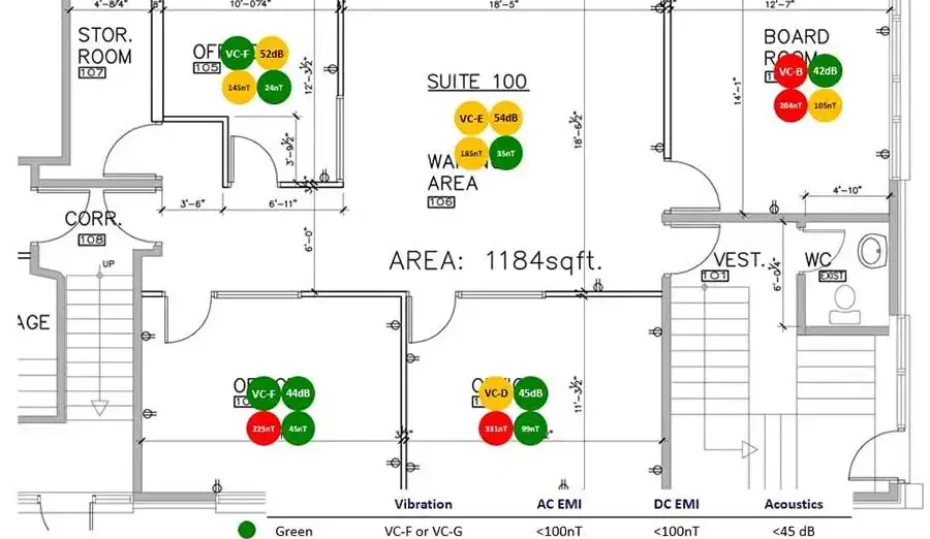DC & AC Magnetic Field Mitigation Challenges & Solutions for High-Resolution Transmission Electron Microscopeswewewe
Overview of strategies to meet the stringent EMI specifications of TEMs, including active magnetic field cancellation systems and passive shielding.
Read more
How EMI Cancellation Systems Workwewewe
An EMI cancellation system cancels electromagnetic interference (EMI) that degrades electron microscopes performance. Using a sensor, controller, and field canceling loops, the EMI cancellation
Read more
EMI Interference: Understanding and Mitigating AC and DC Magnetic Fieldswewewe
DC and AC magnetic fields create electromagnetic interference (EMI) that can degrade the performance of electron microscopes and e-beam lithography tools. Although AC and DC magnetic fields are related, each impacts equipment differently.
Read more
Site Survey: Why Use a Third-Party?wewewe
When purchasing or moving a new electron microscope or process tool, customers have a few options when it comes to deciding who should provide their site survey. The original equipment manufacturer (OEM) will often offer the survey, and organizations sometimes attempt to conduct the survey themselves in-house. In this post,
Read more
Cleanroom Site Evaluation – An Avoided Disasterwewewe
A growing semiconductor company in the USA is evaluating a new location for its cleanroom space. The company wants to ensure that magnetic fields, acoustic noise, and vibration levels will be suitable for their sensitive tools
Read more
DC Magnetic Field Disturbances on Electron Microscopes and E-Beam Lithography Toolswewewe
Changes in DC magnetic field levels near an electron microscope or e-beam lithography tool degrade image quality and inhibit production. A change in DC fields often results in image distortion, a blurred image, or image drift
Read more
